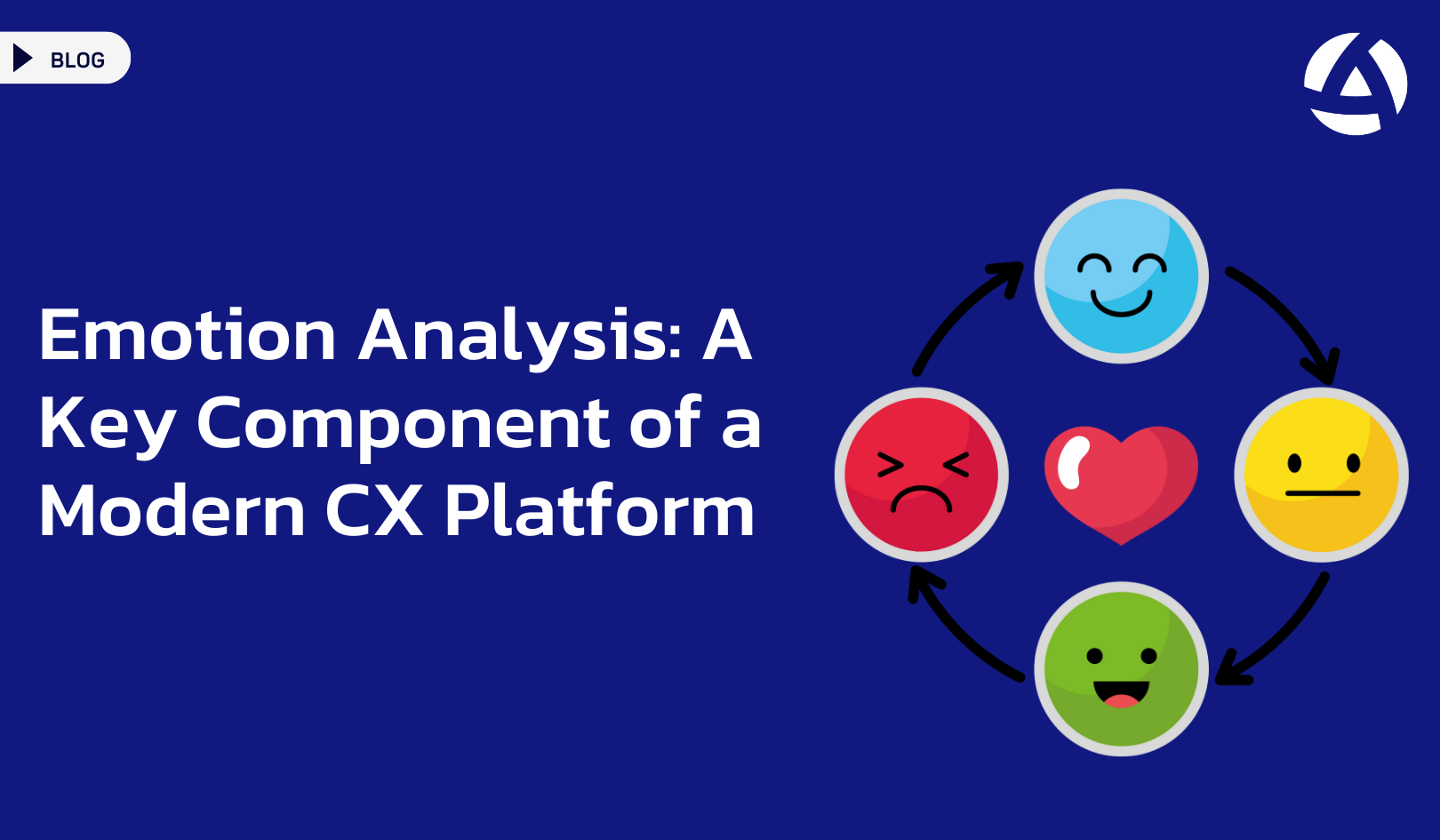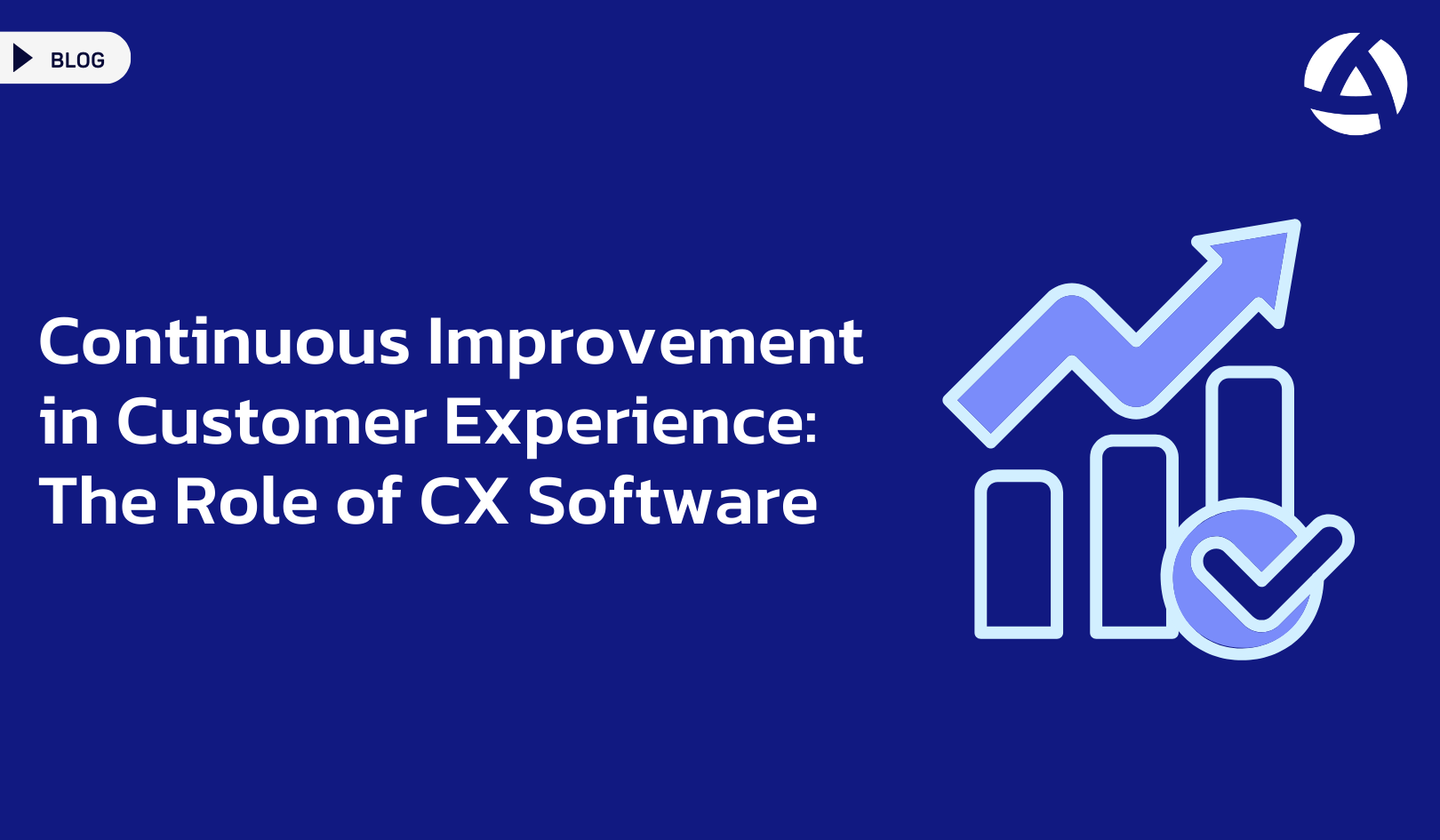Emotion analysis has become an essential component for businesses aiming to understand their customers better and provide exceptional experiences. By leveraging a robust CX Platform, companies can tap into the power of emotion analysis to gain deeper insights into customer sentiments and behaviors, ultimately driving satisfaction and loyalty.
What is Emotion Analysis?
Emotion analysis, also known as sentiment analysis, involves using advanced algorithms to detect and interpret emotions expressed in textual data. By analyzing customer feedback, reviews, and social media comments, a CX Platform can identify whether the expressed emotions are positive, negative, or neutral. This information is crucial for understanding the underlying feelings behind customer interactions and feedback.
Importance of Emotion Analysis in Customer Experience
Understanding the emotions of customers provides valuable insights that go beyond traditional metrics. Emotions are powerful drivers of behavior and decision-making. By analyzing emotions, businesses can uncover the true sentiments and motivations behind customer actions, enabling them to tailor their strategies and responses accordingly.
Leveraging a CX Platform for Emotion Analysis
A comprehensive CX Platform equipped with emotion analysis capabilities can process vast amounts of unstructured data from various sources, such as customer reviews, social media, emails, and chat interactions. Here’s how it can enhance customer experience management:
- Identifying Pain Points: Emotion analysis helps identify specific pain points in the customer journey. Negative emotions like frustration, anger, or disappointment often highlight areas where improvements are needed. By addressing these pain points promptly, businesses can enhance overall customer satisfaction.
- Enhancing Personalization: By understanding the emotions behind customer interactions, companies can personalize their communications and offerings. A CX Platform can segment customers based on their emotional responses, allowing for targeted marketing and personalized experiences that resonate on an emotional level.
- Improving Customer Support: Emotion analysis enables customer support teams to understand the emotional state of customers during interactions. This insight allows support agents to respond with empathy and provide solutions that address both the technical issue and the customer’s emotional needs, leading to more satisfactory resolutions.
- Boosting Customer Loyalty: Positive emotional experiences are key to building customer loyalty. By identifying and replicating interactions that elicit positive emotions, businesses can create memorable experiences that keep customers coming back. A CX Platform can track and analyze these interactions to continuously improve customer loyalty strategies.
- Proactive Issue Resolution: By monitoring emotions in real-time, businesses can proactively address potential issues before they escalate. If a surge in negative emotions is detected, companies can investigate and resolve the underlying problems swiftly, preventing potential churn and maintaining a positive brand reputation.
- Refining Product Development: Emotion analysis provides valuable feedback for product development. By understanding how customers feel about specific features or products, companies can make informed decisions on improvements and innovations. This ensures that new products align with customer expectations and desires.
- Measuring Campaign Effectiveness: Marketing campaigns are more effective when they resonate emotionally with the audience. Emotion analysis helps measure the emotional impact of marketing efforts, providing insights into what works and what doesn’t. This data-driven approach enables businesses to refine their campaigns for maximum engagement.
Implementing Emotion Analysis in Your CX Strategy
To effectively implement emotion analysis, businesses should integrate
it with their existing CX Platform. Here are key steps to get started:
- Data Collection: Gather unstructured data from various touchpoints, including customer reviews, social media interactions, emails, and support chat logs. Ensure that your CX Platform can handle and process large volumes of text data.
- Text Preprocessing: Use natural language processing (NLP) techniques to preprocess the text data. This involves cleaning and organizing the data to ensure accurate emotion analysis. Techniques such as tokenization, stop-word removal, and stemming can be applied to prepare the data for analysis.
- Emotion Detection Algorithms: Implement advanced algorithms to detect emotions in the text data. Machine learning models, such as sentiment analysis classifiers and deep learning techniques, can be used to classify text into various emotional categories like joy, sadness, anger, and surprise.
- Integration with CX Platform: Integrate the emotion analysis capabilities with your CX Platform. This integration allows you to centralize the insights gained from emotion analysis and combine them with other customer experience metrics for a holistic view.
- Real-Time Monitoring: Set up real-time monitoring to continuously track and analyze customer emotions. Real-time insights enable businesses to respond promptly to emerging trends and issues, ensuring a proactive approach to customer experience management.
- Actionable Insights: Translate the emotion analysis results into actionable insights. Use dashboards and reports to visualize the data and highlight key findings. Share these insights across relevant departments, including customer support, marketing, and product development, to drive informed decision-making.
- Continuous Improvement: Emotion analysis is an ongoing process. Regularly update and refine your algorithms to improve accuracy. Continuously monitor customer feedback and adjust your strategies based on the evolving emotional landscape of your customers.
Benefits of Emotion Analysis with a CX Platform
Implementing emotion analysis through a CX Platform offers numerous benefits for businesses:
- Enhanced Customer Understanding: Gain deeper insights into the emotions driving customer behavior, leading to more informed decision-making.
- Improved Customer Relationships: Address customer emotions proactively, resulting in stronger relationships and increased loyalty.
- Personalized Experiences: Tailor communications and offerings to match the emotional needs of customers, enhancing their overall experience.
- Efficient Issue Resolution: Quickly identify and resolve issues before they escalate, reducing customer churn and maintaining satisfaction.
- Data-Driven Product Development: Use emotional feedback to guide product improvements and innovations that resonate with customers.
Conclusion
Emotion analysis is a powerful tool for understanding and improving customer experience. By leveraging a CX Platform with emotion analysis capabilities, businesses can gain valuable insights into customer sentiments, enhance personalization, and build stronger relationships. Implementing emotion analysis as part of your CX strategy allows for proactive issue resolution, refined product development, and more effective marketing campaigns. Embrace emotion analysis to unlock the full potential of your customer experience efforts and drive long-term success.




